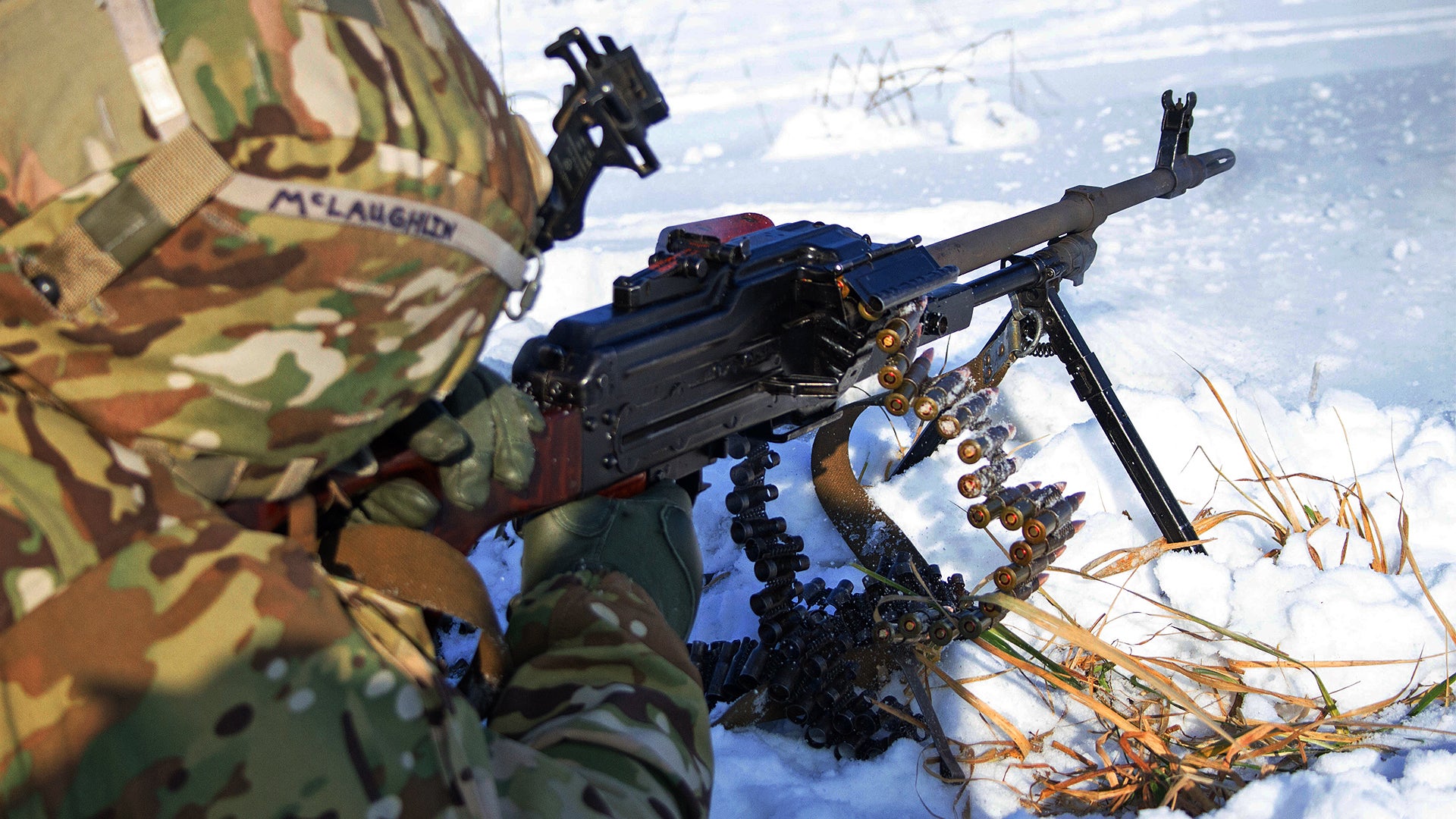The U.S. military has supplied hundreds of thousands of Soviet-style assault rifles and machine guns to allies and partners over the years and acquired some of its own for special operations and other training purposes, but it has had to largely source those weapons from friendly third-party countries that still make them. Worried about the reliability of this supply chain, U.S. Special Operations Command has hired contractors to build derivatives of certain guns in the United States, a move that has now incited the ire of Russia.
In 2017, Special Operations Command (SOCOM) put out a contract notice through the U.S. government’s Small Business Innovation Research (SBIR) program calling on private companies to submit proposals to build analogs to the 7.62x54mm PKM light machine gun and the 12.7x108mm NSV heavy machine gun. Dillon Aero, Knight’s Armament Company, and McNally Industries all subsequently received deals to conduct research studies into the feasibility of building these guns, according to Military Times.
“If someone wants to carry out this work legally … they should approach [Russia’s state arms exporter] Rosoboronexport and discuss it,” Russian state-run conglomerate Rostec, which oversees various defense firms, including gun maker Kalashnikov Concern, said in a statement on Oct. 10, 2018. “Otherwise, this would amount to the illegal copying of Russian innovations or theft, simply speaking.”
“Several countries hold licenses for manufacturing Russian machine guns of this model, but the US is not among them,” Viktor Bondarev, a member of Russia’s Duma, the country’s top legislative body, and Chairman of the Russian Federation Council’s Committee on Defense and Security, told state-run media outlet TASS separately that same day. “If U.S. intentions evolve into real actions, if they start making concrete steps in an effort to use our technologies without permission, if they start re-engineering and manufacturing our heavy machine guns on the US territory, then we should react decisively and promptly.”
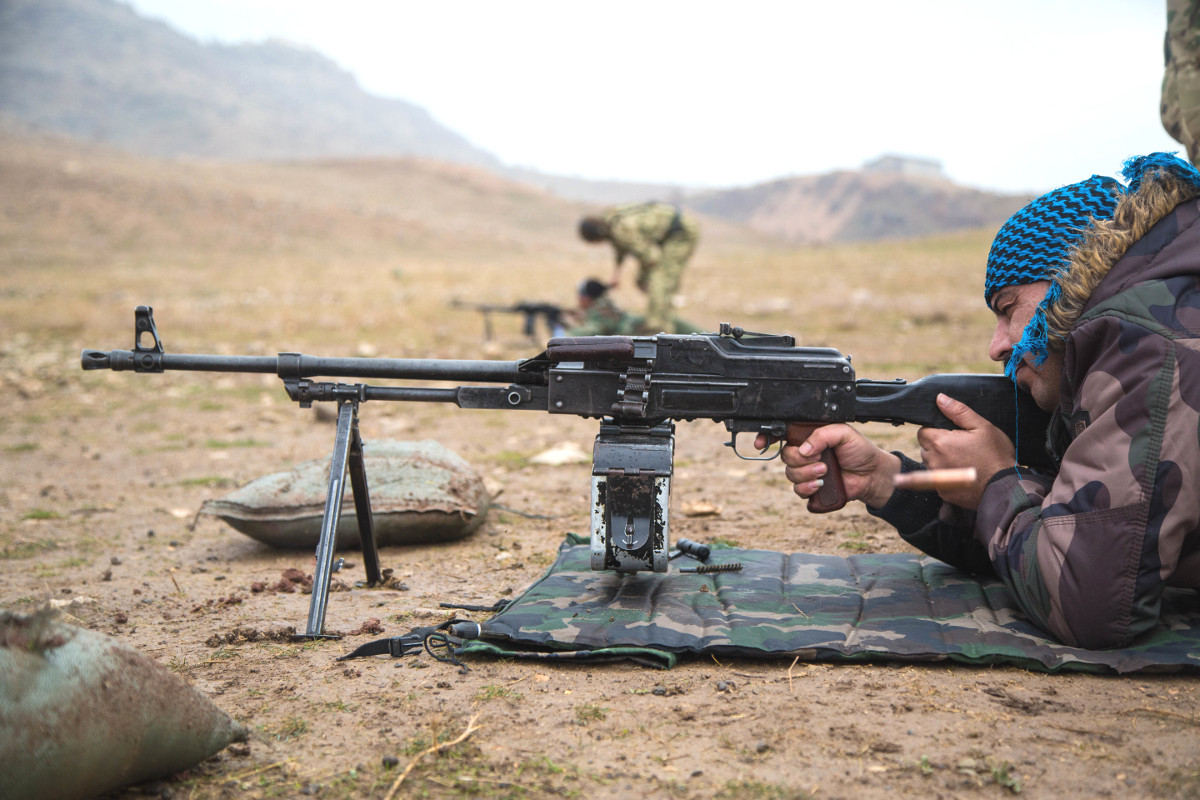
The remarks from Rostec and Bondarev highlight one of the core reasons why SOCOM is pursuing this project in the first place. Since 2014, the U.S. government has imposed a raft of sanctions on various arms of the Russia government, including Rosoboronexport, over the Kremlin’s actions in Ukraine and Syria, meddling in the U.S. electoral process, and more.
This has made it all but impossible to source weapons like the PKM and NSV from Russia directly. This has already had far-reaching impacts on U.S. military assistance programs, most notably leading to an American-backed decision to replace the Afghan Air Force’s Russian-made Mi-17 helicopters with U.S.-built UH-60 Black Hawks.
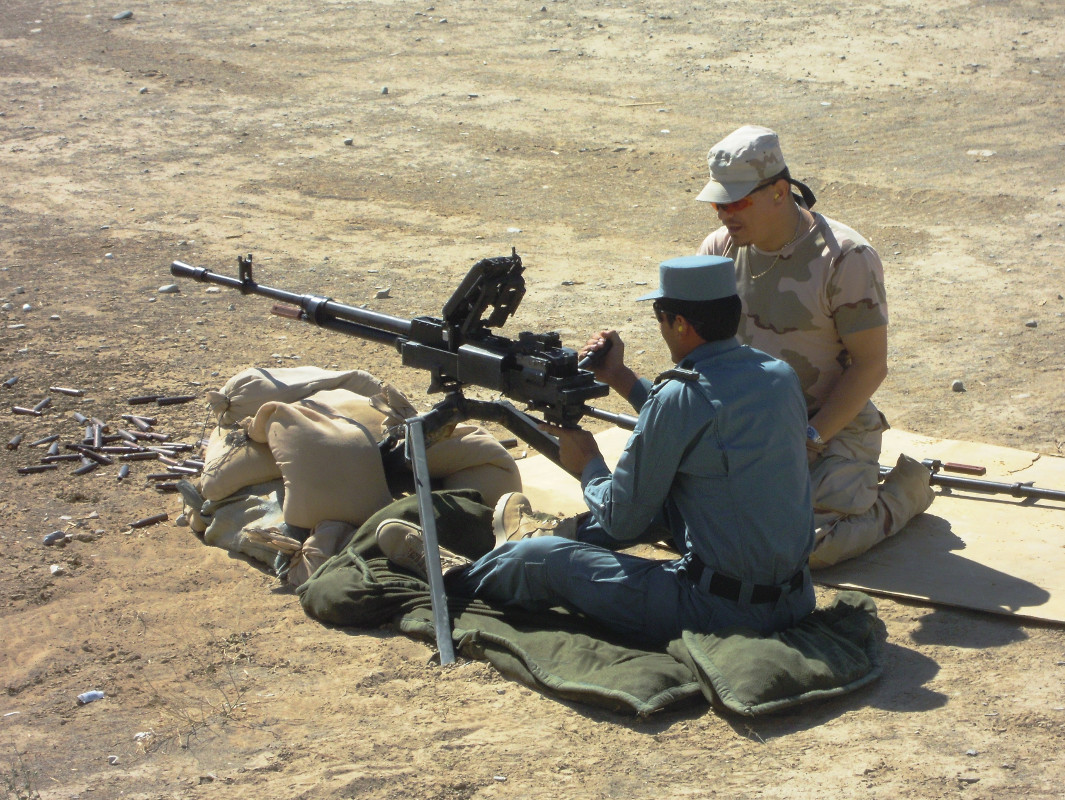
Defense contractors situated within certain NATO members, such as Bulgaria, as well as in other ostensibly friendly countries, such as Ukraine, do still produce versions or derivatives of Soviet-era guns, providing alternative sources. They might not have the capacity to meet American demands or do so quickly, though.
At the same time, guns such as the PKM and NSV remain extremely popular around the world and in demand, including among U.S. allies and partners. In addition, the U.S. military has its own demands for these types of machine guns in order to train personnel who will act as advisors and mentors for foreign forces. There may also be a need to equip units that will be operating in close cooperation with those forces with similar weapons or to have them on hand to issue to personnel engaged in covert or clandestine operations.
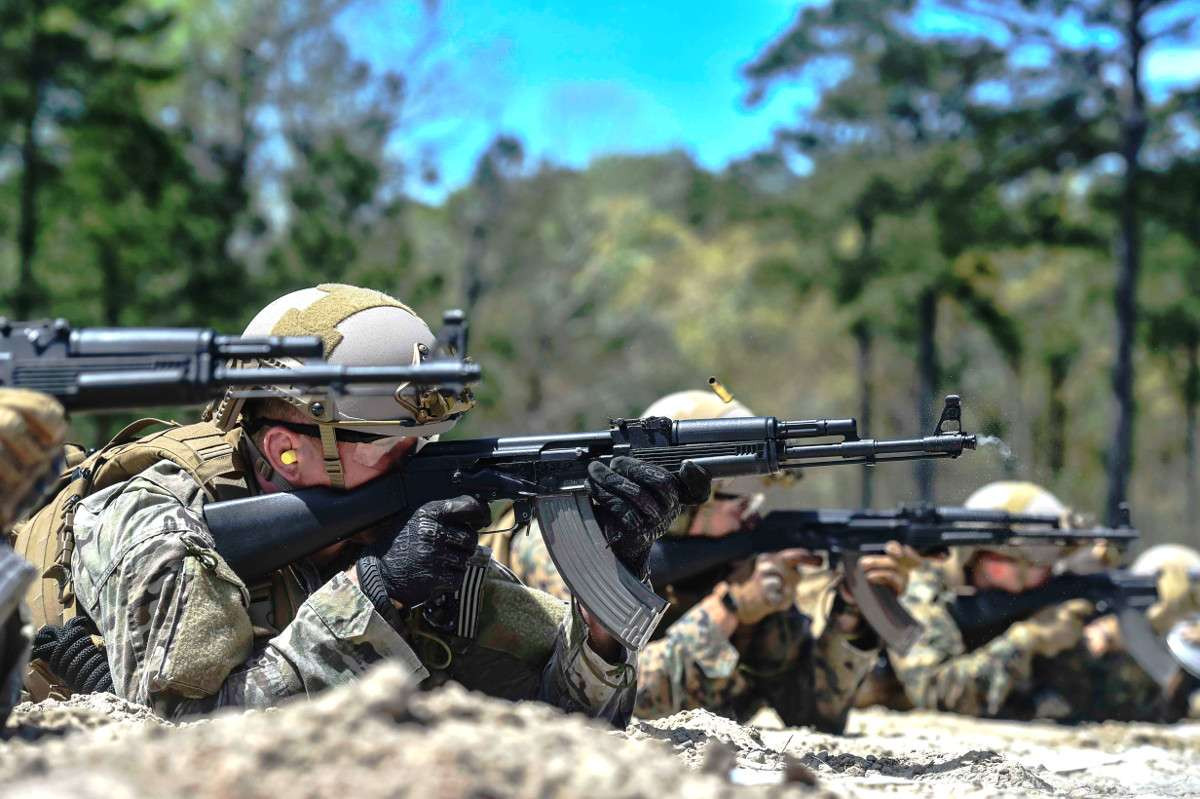
Having a steady supply chain for the weapons based entirely in the United States would simplify the logistics of the situation immensely. It would also help ensure uniformity in the weapons the U.S. military is acquiring for its allies or for its own use. The Soviet-style assault rifles and machine guns the U.S. government has sourced from countries such as Bulgaria, Hungary, and Romania in the past may be functionally identical, but do not necessarily have 100 percent commonality in parts.
“Foreign made weapons lack interchangeability and standardization which hinders field and depot level part replacement,” SOCOM said in its 2017 contracting announcement. “Developing a domestic production capability for foreign like weapons addresses these issues while being cost effective as well as strengthens the nations [sic; nation’s] military-industrial complex, ensures a reliable and secure supply chain, and reduces acquisition lead times.”
As for Russia’s claims of potential intellectual property theft and plans to try and block the U.S. military program, it’s not clear if they will have any legitimate claims to the American designs. The SOCOM plan specifically calls for guns that “resemble” PKMs and NSVs, but are not necessarily direct copies thereof.
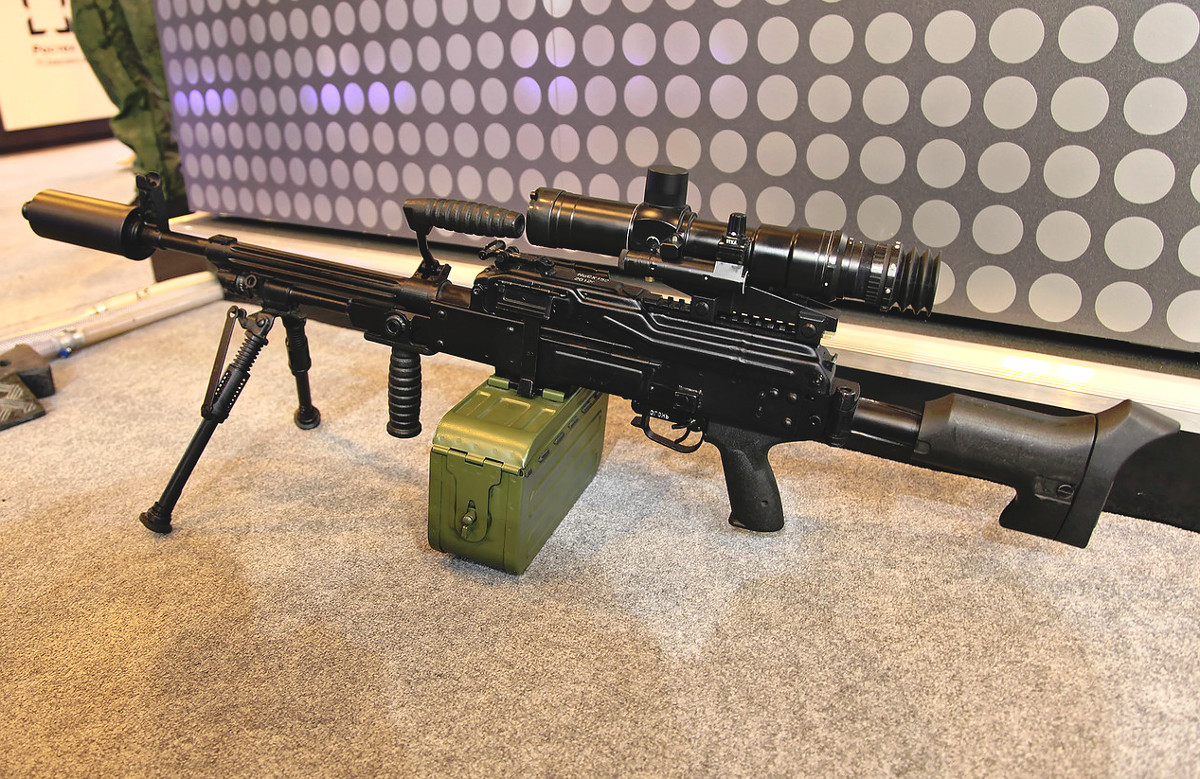
If the guns use the same types of ammunition, which are widely available, and feature the same basic control arrangement, it would be relatively easy for foreign forces to transition from their Soviet designs. It would also mitigate the logistical and maintenance burdens of switching to an entirely new type of weapon.
Even if the new machine guns were to incorporate parts from the PKM and NSV designs, it’s not clear if this would present a legal impediment to their production. Private companies focused on the civilian market in the United States build components for various Soviet-era rifles, shotguns, and machine guns and do not appear to pay licensing fees or royalties to Rostec in order to do so.
It wouldn’t be the first time a U.S. company has made a derivative of a Soviet-style military weapon system and sold it commercially without issue, either. American firm AirTronic USA is building its own take on the iconic RPG-7 rocket-propelled grenade and has sold examples to the U.S. military and Ukraine, among others.
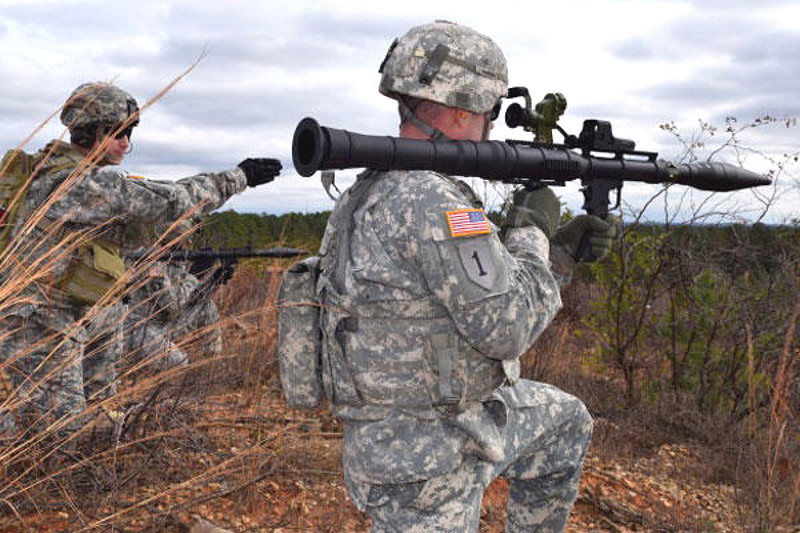
If the contractors can build PKM- and NSV-like guns that meet SOCOM’s requirements, it’s very possible that the concept could extend to other Soviet-era weapons, as well. Entirely American-made derivatives of Kalashnikov AKM-style assault rifles already exist. One of these is Kalashnikov USA, which has possible ties to the Russian firm of the same name and is presently under investigation for possible sanctions violations.
As such, it’s entirely possible the Kremlin’s posturing actually reflects a concern that U.S. companies making Soviet-style guns, or improved derivatives thereof, could challenge traditionally Russian-held markets abroad, even outside of established U.S. military assistance programs. The companies that are involved in the SOCOM program are well established and have good track records for creating quality products. Knights Armament is world renowned for producing high-quality small arms specifically.

It could also edge out the Russians from the lucrative commercial market in the United States itself, since gun makers generally make civilian-legal versions of their military designs to sell to private citizens. In April 2018, Rosoboronexport outright accused the United States of using sanctions simply to try and drive it from the international arms market. “This is unfair competition in its purest form,” a Rosoboronexport spokeswoman told Reuters.
We don’t know what SOCOM’s projected timeline is for moving its existing program from Phase I, where it is now, through to Phases II and III, the latter of which is the establishment of a full production line to build the guns. But unless U.S.-Russia relations improve quickly, we may start seeing American allies, and even some U.S. troops, wielding American-made derivatives of Soviet machine guns in the coming years.
Contact the author: jtrevithickpr@gmail.com
